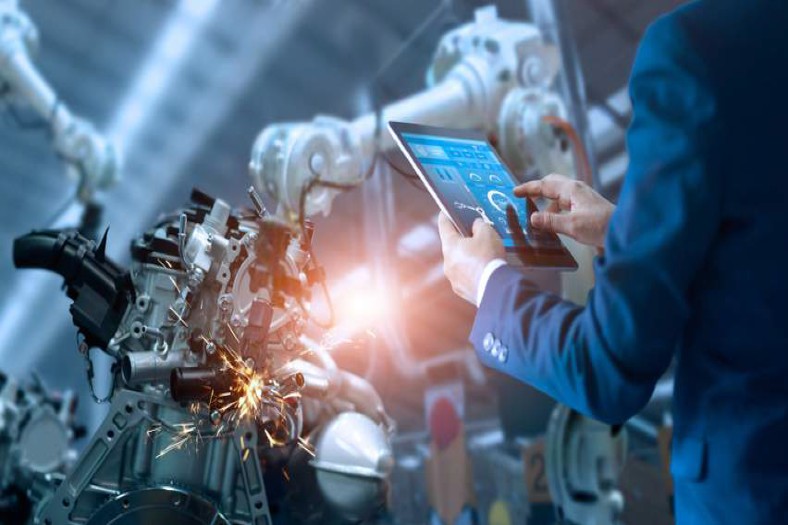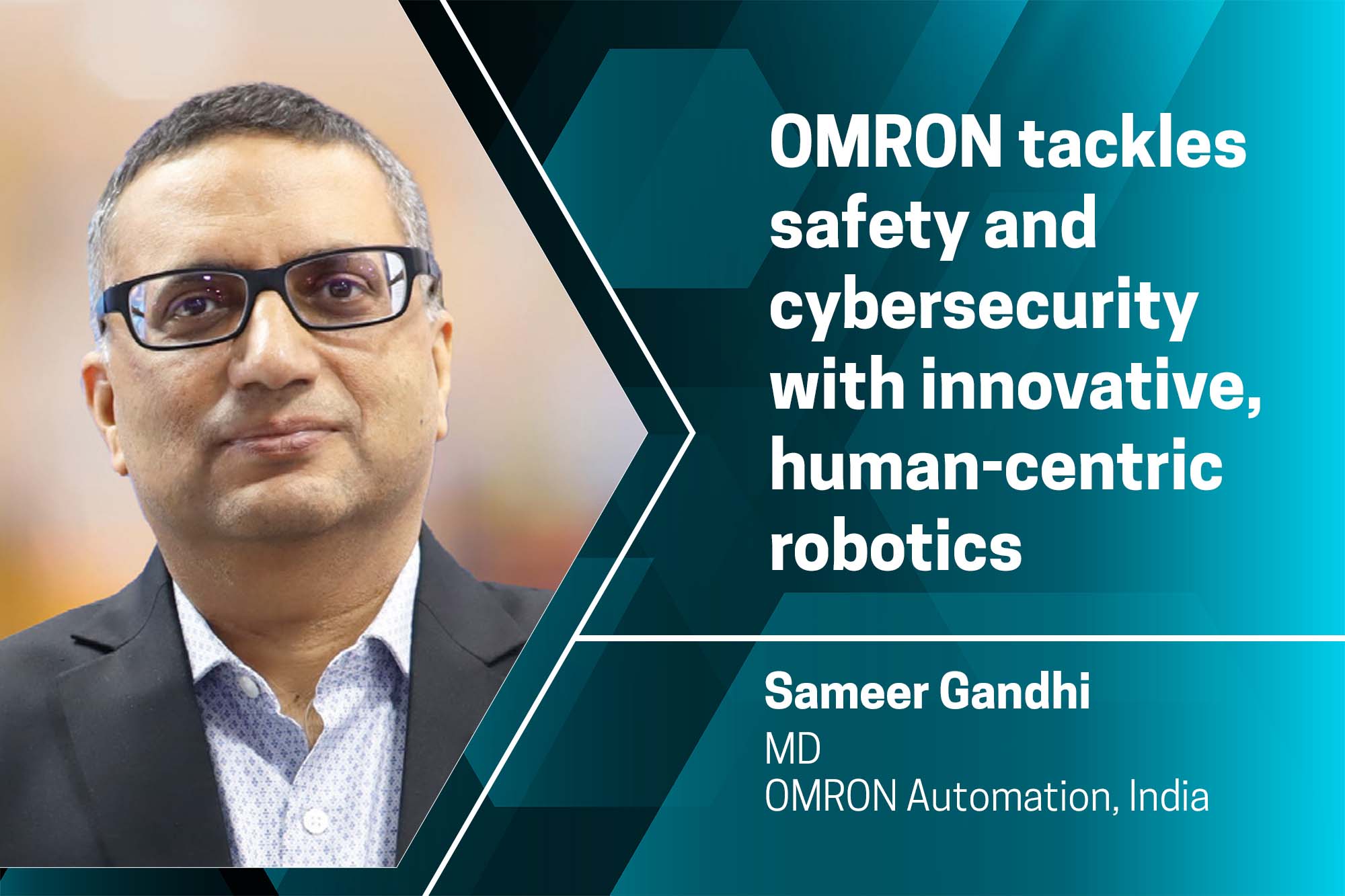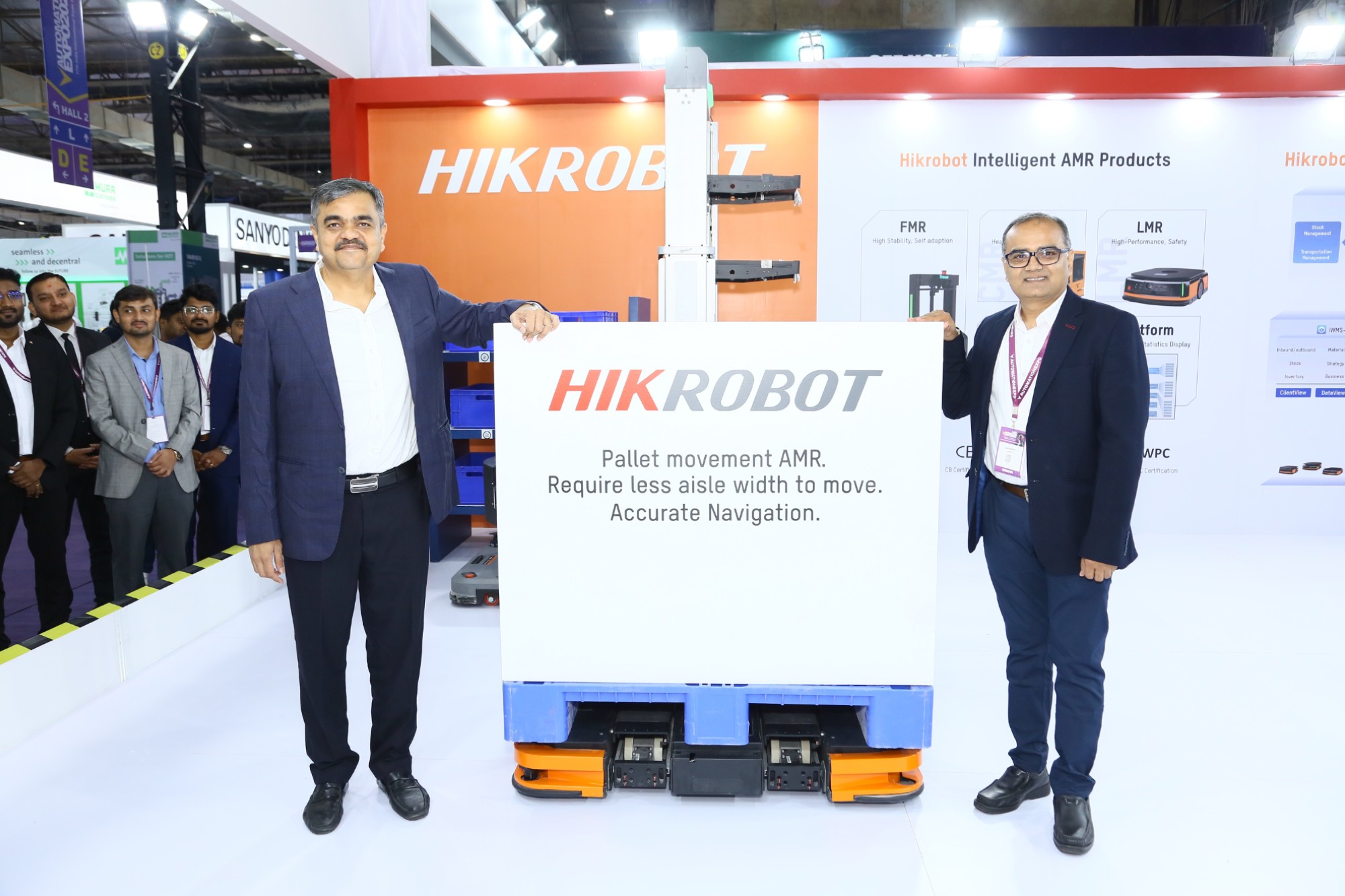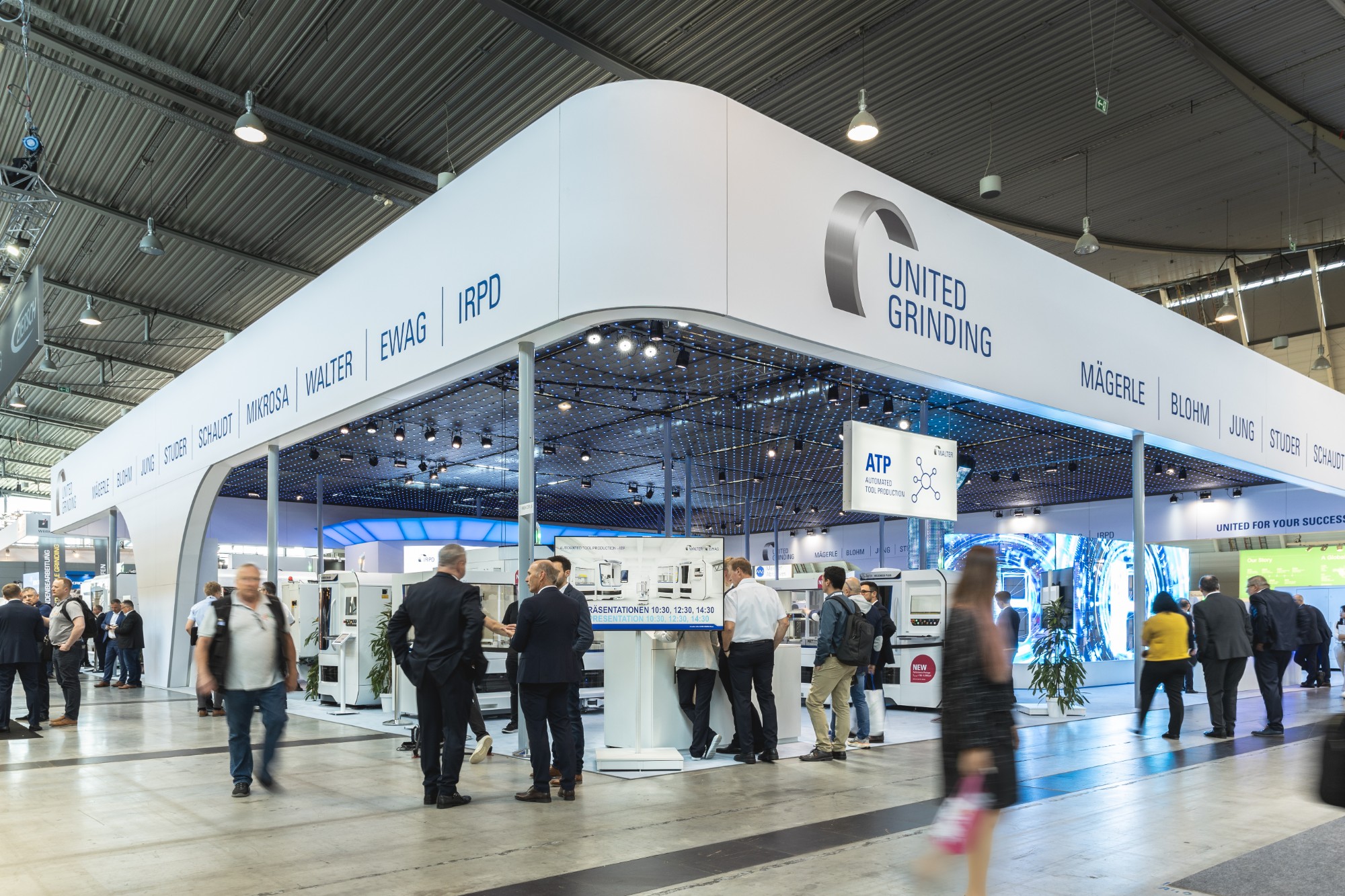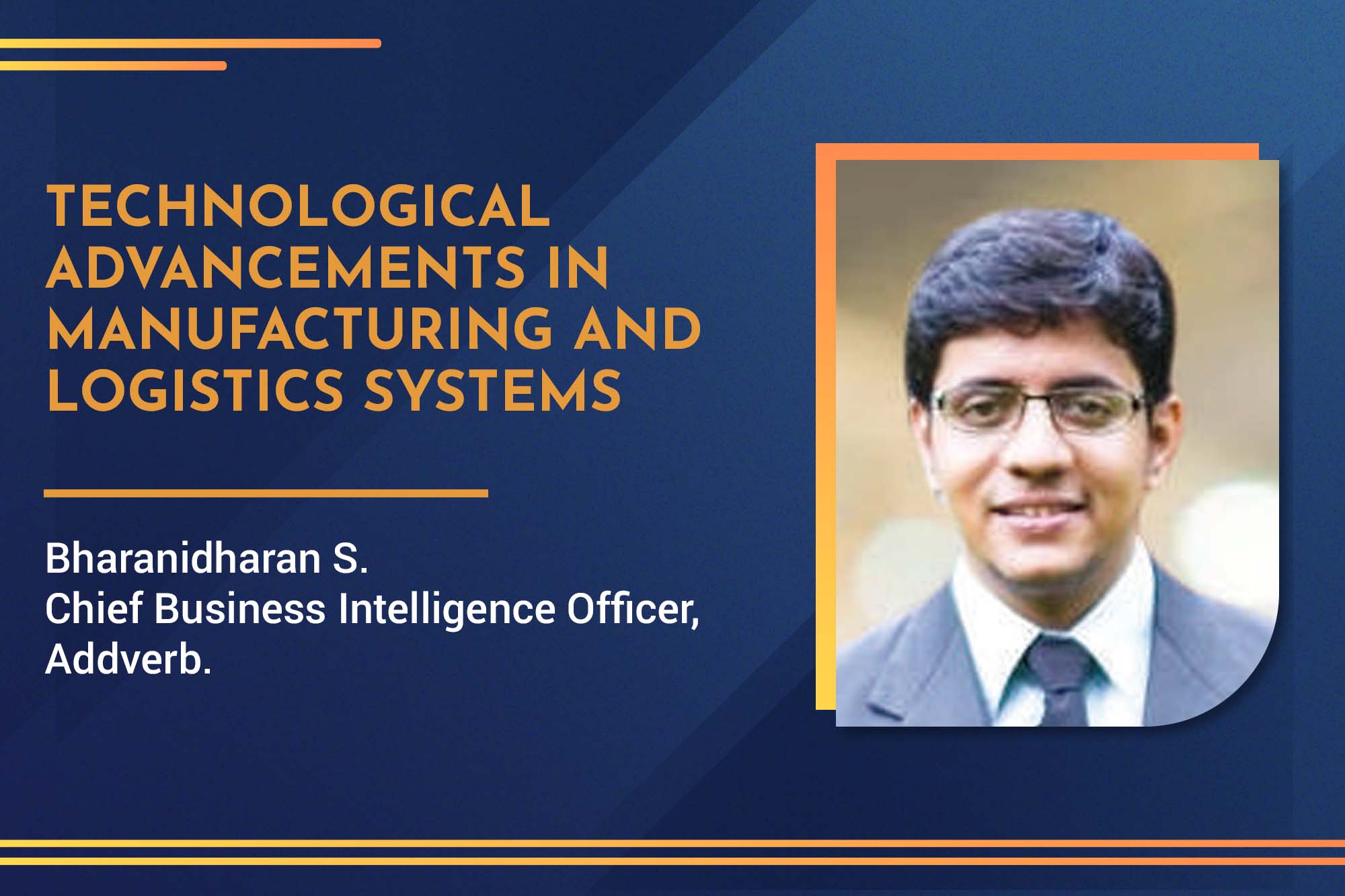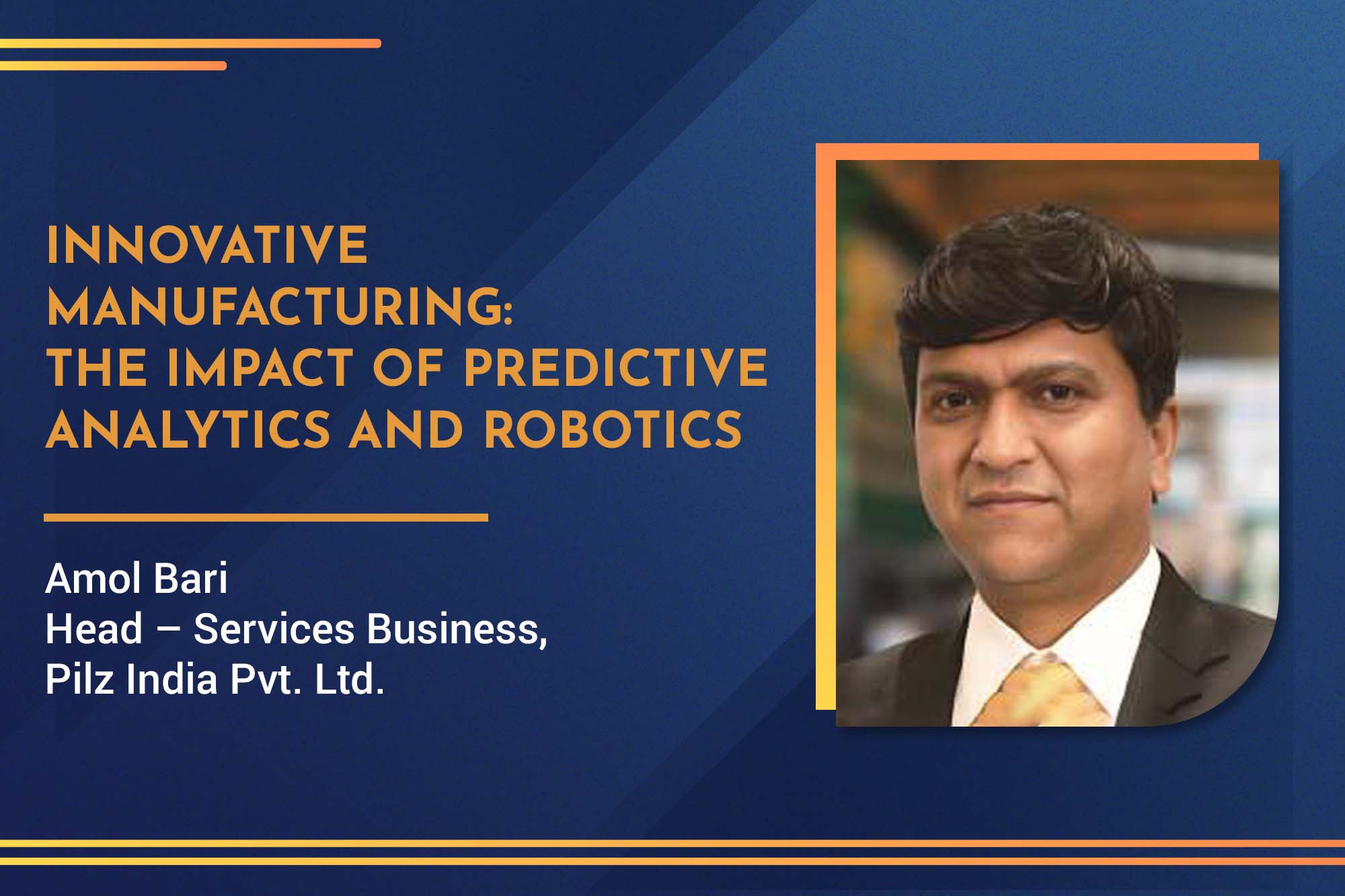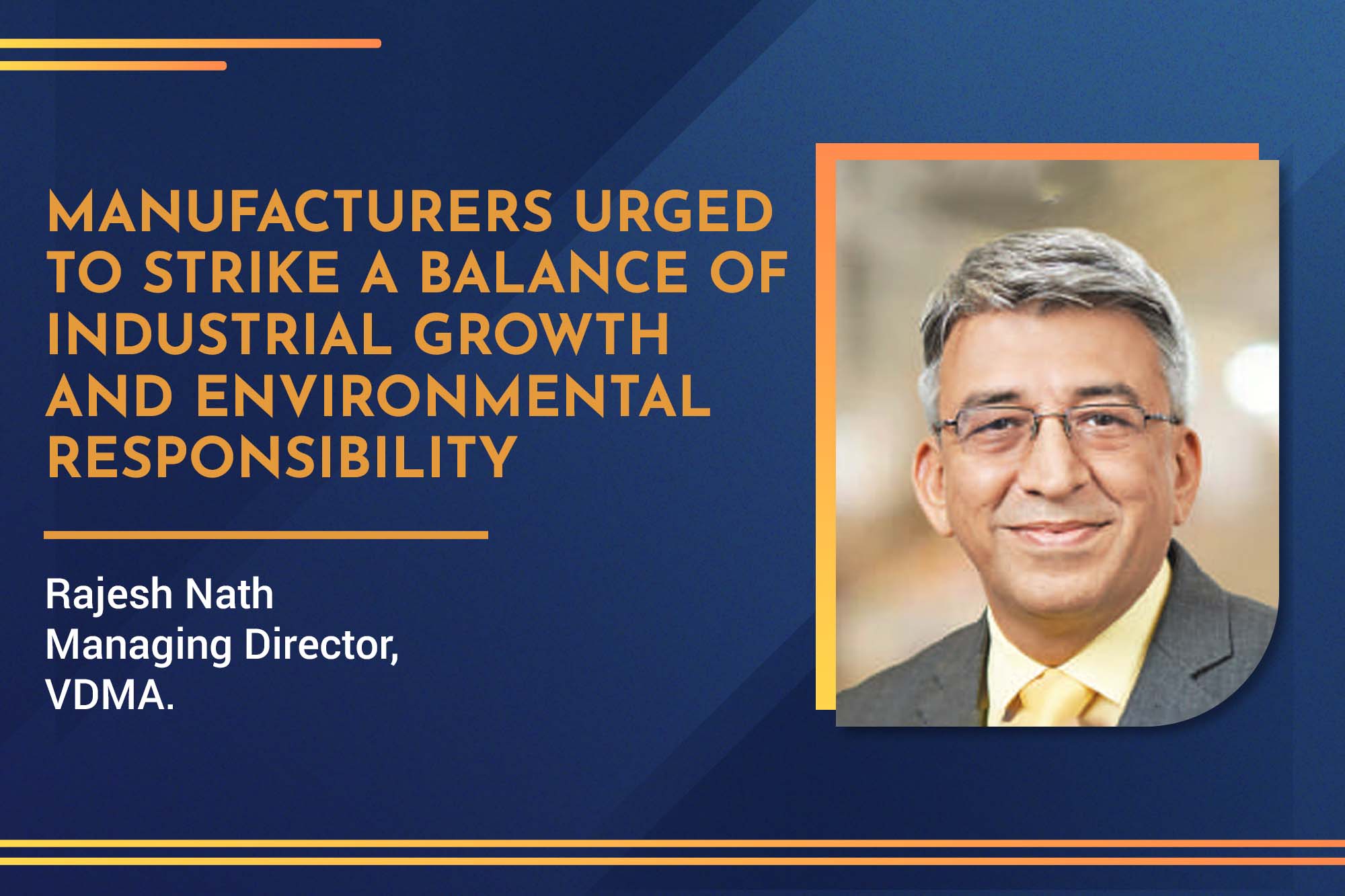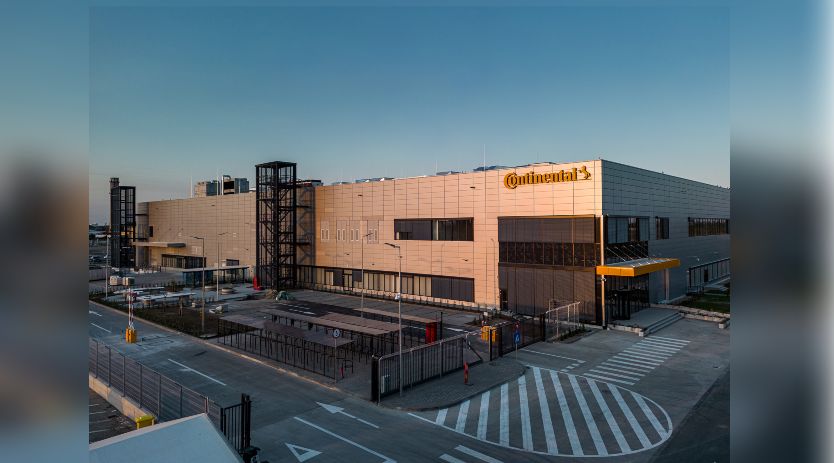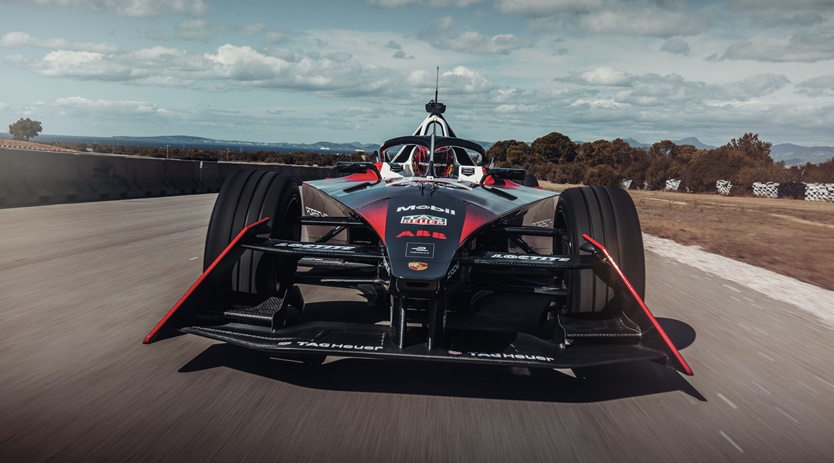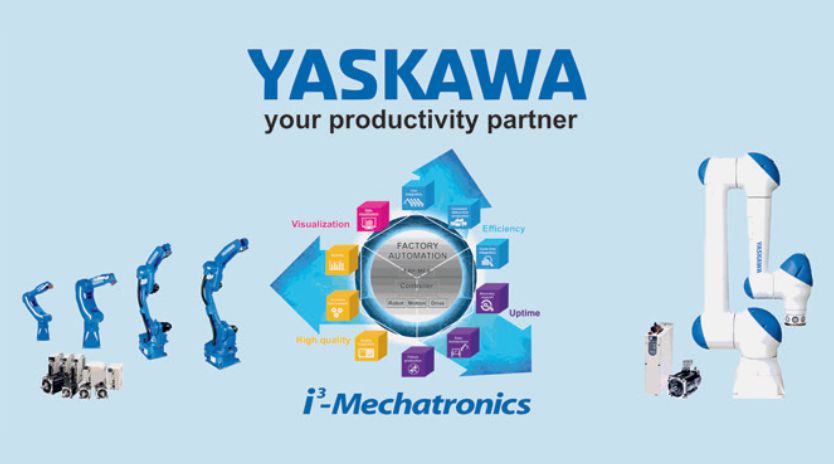Are Indian factories ready for intelligent robots?
By OEM Update Editorial April 8, 2022 11:49 am IST
Sharing perspectives about automation and increasing robotics implementation, industry experts opine that smart automation and robotics help optimise cost and preventative maintenance, improving productivity, quality and ensure safety.
Robotic, AI and IoT adoption are automating the Indian factories. Industrial robots are taking over repetitive and hazardous tasks in factories like the automotive, electronics, including welding and material handling operations sectors in India. Smart automation helps reduce costs, machine breakdowns and errors, as well as worker injuries. There are various opportunities for intra-logistics automation solution providers’ to set up robotics and automation solutions for factories and warehouses.
India is on the move to invest in robotics and related technologies, such as sensors, data analytics, and 3D printing, to make factories more profitable. Recently, Reliance industries gave orders worth around $1 billion, for robots with 5G technology. Trends suggest the global stock of robots from 2.25 million will multiply in the next 20 years, reaching around 20 million by 2030 with 14 million in China alone, according to the report. The edge for factories lies in robotics applications.
Collected data and data analysis help preventive maintenance on the workfloor. Preventive maintenance is one of the elements, which helps improve the Overall Equipment Efficiency (OEE). Expressing his views, Mr. Kalyan Ram – Founder and CEO Electrono Solutions states, the idea of preventing something is driven by the level of forecasting based on data analysis. Hence, in the process of predicting or ensuring a preventative scenario, facilitating the amount of data required represents a trend. This predominantly involves machine learning, as data is collected about distinct manufacturing, component manufacturing etc., across multiple operations.
With regard to maintenance parameters of the machine, the level of trends depend upon the fine data we capture, because if the data is not fine enough, then the trends will not represent it. So, one needs to understand what level of data repeatability is needed in order to estimate and assess the level of prediction.
Action plan robotising Indian factories
For optimising a particular Indian factory, identification of the process and the type of equipment suitability is required. This is required to achieve a certain level of automation in a factory. The most common application of automation in industry these days is – the spot welding application. Today, the entire body for any of the passenger cars, is created 100 percent by robots in companies remarks, Mr. Anik Jain – Co-founder, Gamma Skills. Obviously, it is not possible to make 800 or 1000 cars per day using human manpower. The primary requirement of identification of automation is the first part, and then there is need to identify the components. So, the first thing is the need to achieve that level of automation. Robots may be three-axis, six-axis, a gantry robot, or a collaborative robot, but PLC is needed along with the electrical architecture, hardwiring ethernet device net and the mechanical devices required. All those things eventually sum up to create a concept plan for automation and the level of maintenance required to maintain the system. Mr. Kalyan says the next level will be IoT to extract data from machines. So, not only preventive maintenance, but there exists a need to have predictive maintenance also. That implies when it is predicted that a machine is going to fail, advance planning will retain the efficiency.
Skill upgradation measures
Anik is of view that the a key factor that people need to keep in mind is continual learning. The second thing is using trigonometry in robotics, as its application requires programming a robot, to calculate angles, and the hypotenuse sidelines. So the primary way to develop skills is to apply what is learnt and everything will follow.
Payback period for cobot is high in India when we compare cobot versus robot. The Robot vs. Cobot debate is a very long debate nowadays. Mr. Naresh Kantoor – Managing Director, Enconsys Private Limited is of the view that working on cobots is going on for the last five, six years; this debate is going on whether cobots are expensive. Robots are cheaper is also the right statement. For implementing robots, both in automotive and FMCG and F&B and other different type of industries, the ROI is not only based on the labour or worker placed compared to the calculation of the ROI, but also it is based on productivity increase, the energy savings and the flexibility that can be built. Looking into these parameters, the robot vs. cobot debate immediately gets over because at the end of the day, the latest technology in the industry is Cobots.
There have been some limitations as far as the payload capacity of the cobot is concerned. A 3 kg. 5 kg then came 10 kg, 16 kg, 20 kg etc., are now available. Energy cost saving per se itself is good enough to nullify the complete cost that you pay on the collaborative robot compared to robots. Depending upon energy the collaborative robot is going to consume, and the amount of energy saved per day; in two years the complete cost of excess money invested in cobots can be recovered. Second biggest advantage for cost calculation is that collaborative robots occupy a space which is less than half of what a human being occupies. Nowadays, real estate and space is mind boggling. Anybody who’s struggling nowadays is for space, to put all these parameters together. Ultimately, cobots will prove to be cheaper as far as the cost of ownership or implementation is concerned.
AI reduces complexity of managing robots and machines in different ecosystems.
Mr. Tanmay Sharma – Senior Engineer, Business Development, B&R Industrial Automation opines that in terms of AI, the cost involved in this particular field is not as important as the flexibility which we can get with AI plus robotics. The digital twin as a technology plus robotics is also going on right now. Before implementing the solution, efficiency is checked with a testing system. And, also check the problems which may arise in the future for the system solution. So, the integration of these two can prove to be very valuable and will unfold different levels of robotics.With regard to Silo level and its connection with OEE, the objective of having the silo is to store raw material, is the view of Mr. Kalyan. So, observing the consumption of raw material from a silo is going to translate into the amount of parts being produced, because ultimately, it will take assessment of the raw material consumed versus the finished goods delivered. The only difference would be the wastage involved. Hence, looking at the number of parts produced and correlating with respect to the silo raw material, wastage can actually be assessed. By knowing the waste involved, the important point is, efficiency is also a function of wastage. The idea is to minimise the waste. And, it’s also necessary to identify the root causes of wastage and eliminate waste resources, feels Mr. Kalyan. Alternatively, it can also be used to validate the amount of parts produced versus the raw materials consumed, to ensure that the computational framework is creating the necessary criteria to ensure that the right OEE is being calculated.
The question is, how to justify the validity of computation of OEE , repeatable, or is it sustainable? There is a need to have multiple references for validating OEE computation and measuring the cyber level could be done subsequently.
Imagine an operator operating a machine versus a robot operating a machine. To measure the impact on OEE, the availability is a factor because robots will help replace the availability factor of the individual which enhances the OEE. Idea is to have a validated OEE having multiple references, as Silo is interesting and important.
Robots manufacturing on lines of self reliance
Due to Covid the rate of adoption of automation in our country has increased manifold. And the manufacturing of robots within India is going on at large scale, observes Mr. Anik. The industrial robots that are used in India nowadays are mostly made by Japanese or European manufacturers. But robots in itself is a very broad term and as automation and industrial robotics is increasing, industrial robots are being made in India on a large scale. While talking about the robots, drones, or the warehouse automation robots; today, home automation is also on the swing. But, industrial robots are something that India is not manufacturing to the extent required.
Considering the concept for single control for automation & robot, Mr. Tanmay Says, arc welding is the application on which a lot of industries, are developing a lot of solutions around this field of mechanical solutions like welding, painting and all these things. Right now, in India, there are no direct examples but maybe on a global level, there might be some solutions, however, India is mostly in the development phase.
A valuable point is to make sure whether workfloors with robots or cobots are safer and resistant to hacks. There can be unpredictable conditions at work, Mr. Naresh points out the philosophy is true with any electronic device. Nowadays, the network security being provided to all the devices is high. And, all these devices are being kept into a private network. So possibilities are endless unless we hit the places or the technology where they are able to connect it to unconnected devices. At the moment, there are good chances that securities have to be built in a way.
An interesting point arising here is their applications which robots cannot do, only cobot can, but there are certain applications where industrial robots may not find it easy to do. For instance, physiotherapy, in a hospital environment, or for that matter, a robot assisting a doctor in surgery. A very precise control and very precise manoeuvring is required. So there are a few applications where a cobot will definitely be able to handle it, but not the robot.
A consistent point is that the evolution of technology is based on the kind of needs that drive our society. The nature of implementation of all forms of technology is defined by need. This level of need varies from organisation to organisation; individuals to individuals; in the process of developing a given outcome or solution. It is all necessary to reassess needs, and rethink the recalibrating definition of need for a superior outcome and the superior manufacturing capability.
While we know that industry 4.0 has been growing recently, what is happening today, and what the future is going to be is all determined by redefining. So, benchmarking the need to a higher level will help to utilise the technology much, much better. Furthermore, for getting into the next level of manufacturing automation and digital transformation of the digital twin, use of mathematics learnt has become important. Today industrial robots and robotic systems are key components of automation. R & D has become an integral part of machine design in the field of robotics. Conclusively, experts believe that robotics is best suited for the automation industry, including manufacturing, packaging, and curating. Robotics in the automation sector has proved to improve productivity, ensure safety, and boost product quality thus enabling workers to take up added responsibilities. With the development in robotics, application of a robot is fundamental to the design of the automation system.
The identification of the need, then the components required, then how to make the how to achieve a proper handshaking of those equipments? And what are the future requirements from that particular system that would be required to automate a particular process in the Indian factory?
Cookie Consent
We use cookies to personalize your experience. By continuing to visit this website you agree to our Terms & Conditions, Privacy Policy and Cookie Policy.



